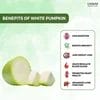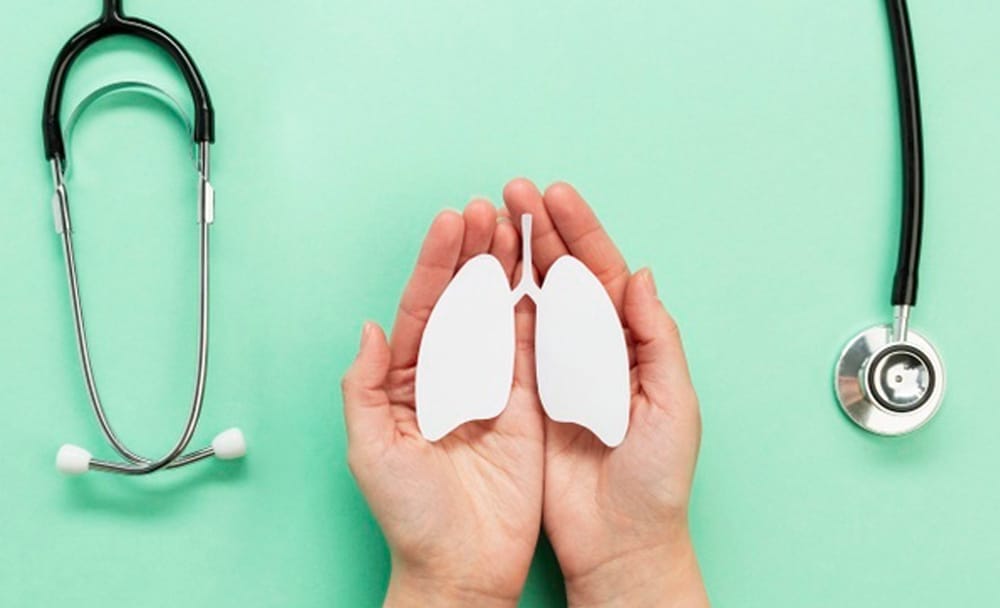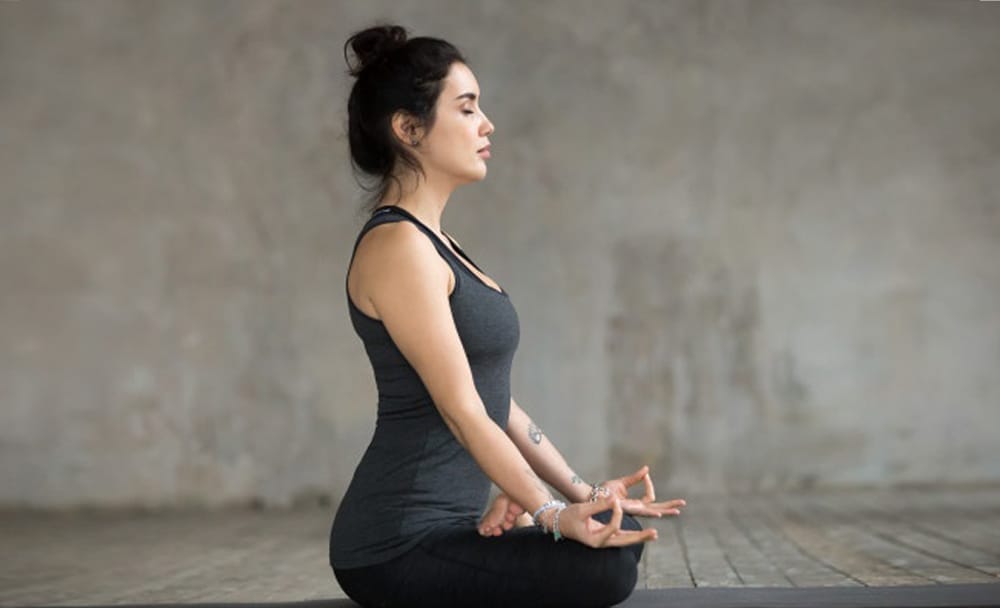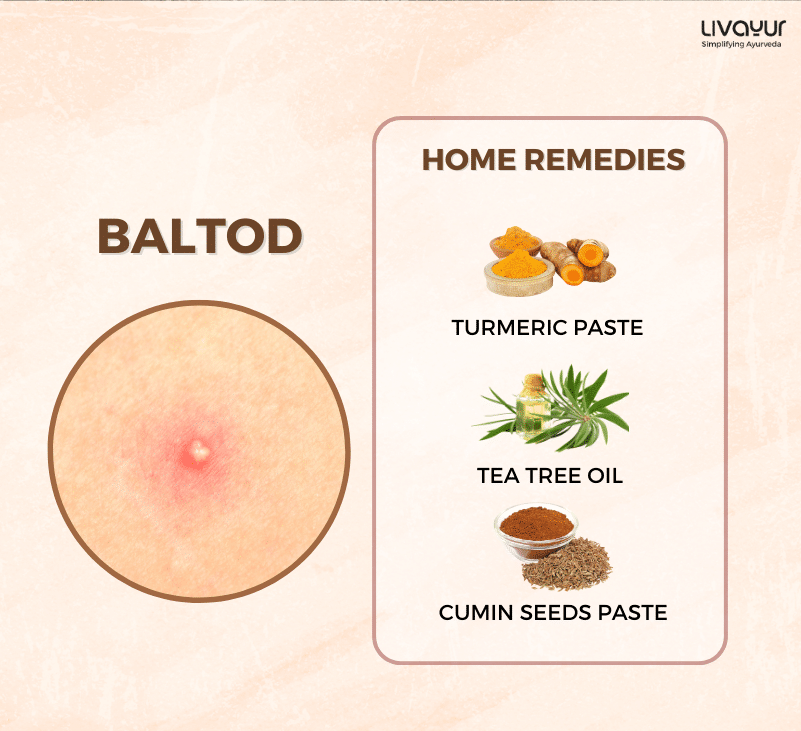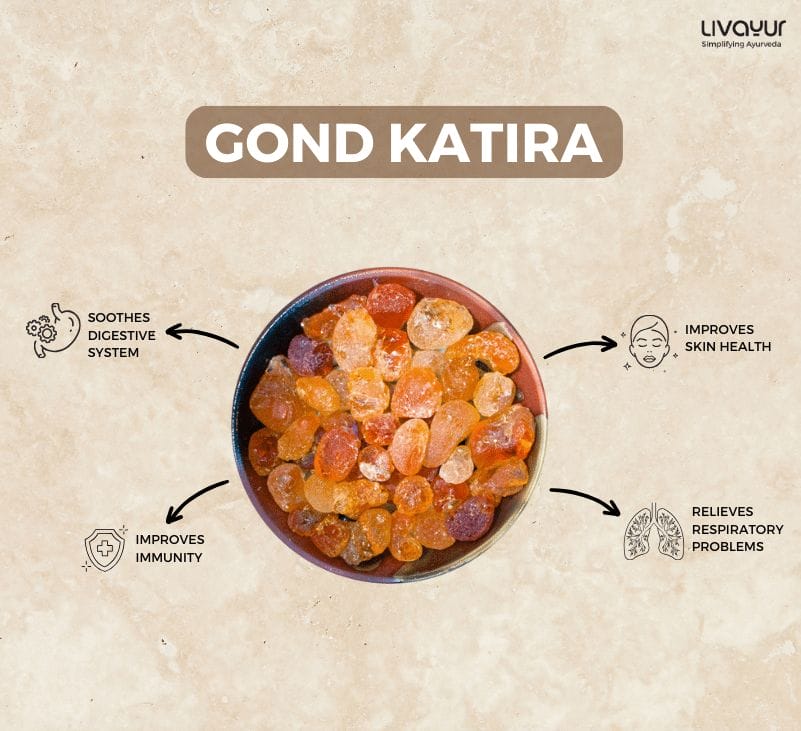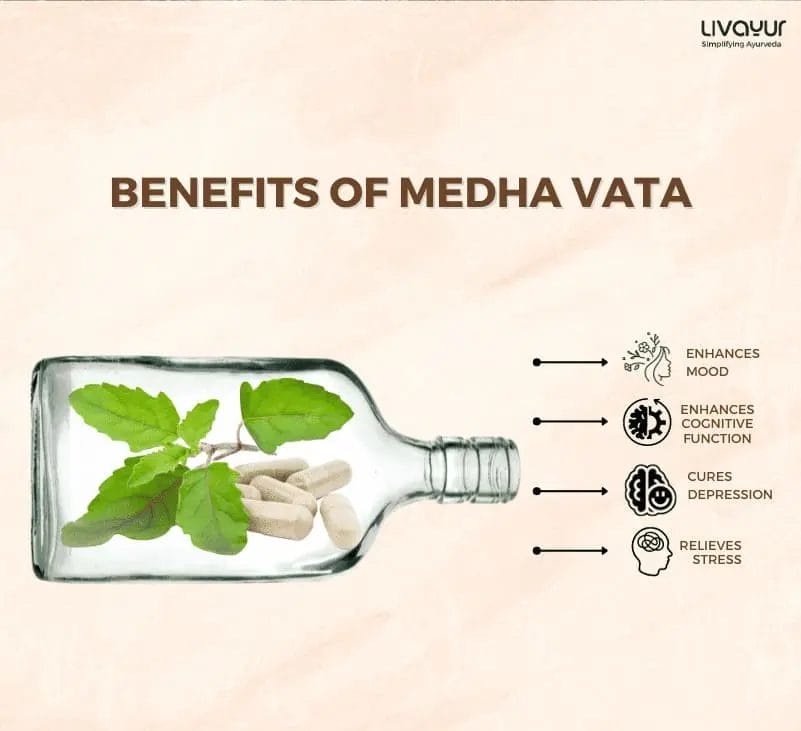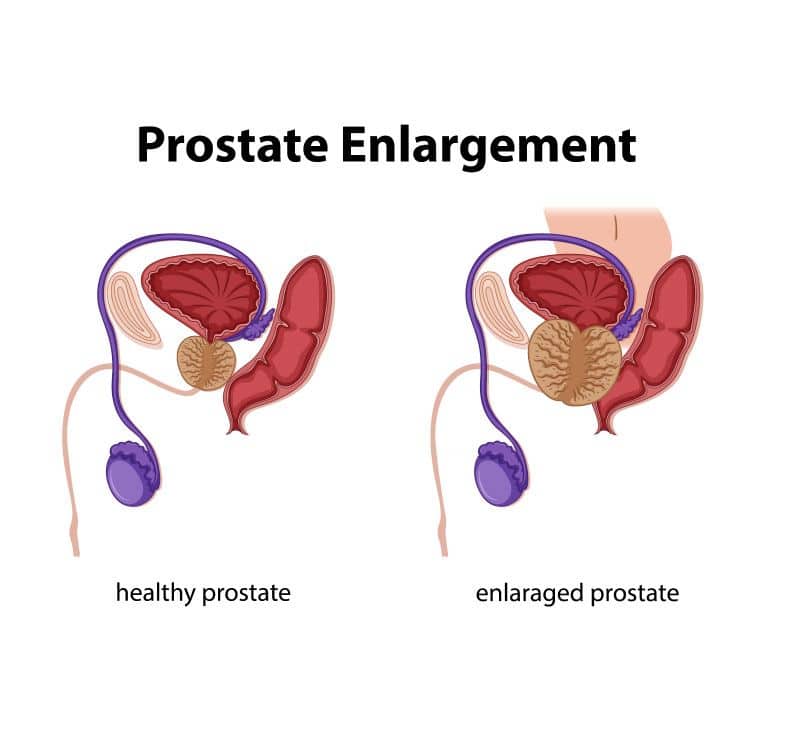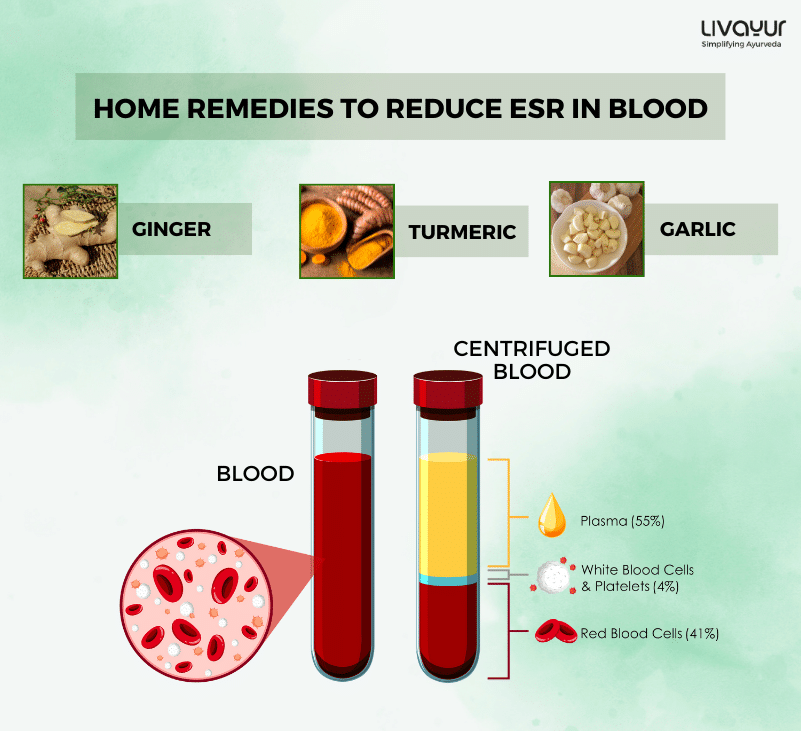प्रयोजनम चास्य स्वस्थस्य स्वास्थ्यरक्षणमातुरभ्य विकार प्रशमनं च ॥
Objective of Ayurveda is to keep the health of a healthy person and to cure the disease of an ill person.
Yoga is a science that has been practised in India for thousands of years. Besides spiritual achievements, the practice of Yoga has numerous, beneficial physiological effects on the body. Yoga and health go hand in hand. Yoga relaxes and calms the mind, apart from strengthening and tuning the body and bringing it into harmony with each other.
There are several classical paths that have been described to achieve the goal of a healthy life. Pranayama is an ancient Yogic technique, a physical and spiritual practice that produces numerous psycho-physical effects in the body, apart from its specific effects on respiratory functions. Therefore, Pranayama has become a standard fare at community recreation programmes as well as health clubs.
Pulmonary function tests (or PFTs) are extremely simple screening procedures that are performed with the use of a standardised equipment (such as a spirometer) to measure lung function. This specific test offers useful information about the minimum levels of lung function. The breath-holding time successfully measures the threshold levels of the respiratory centre to the partial pressure of carbon dioxide (Pco2) level.
PFTs have been studied by practitioners of both Yoga and Pranayama. They have successfully shown that a regular practice of pranayama techniques is beneficial to the human body. Pranayama has a favourable influence, and it causes a significant improvement in lung functions.
Yoga Benefits For Lungs
A well-rounded yoga breathing practice that includes calming, balancing, and simulating practices can promote the health of your respiratory system.
- Yoga strengthens and stretches the fascia and muscles of your chest.
- It enhances the way your spine and ribs are aligned.
- Yoga helps people with chronic obstructive pulmonary disease (COPD) improve their lung function.
- Yoga relaxes the body and reduces tension in general, which is especially beneficial for those who struggle with respiratory disorders.
- Regular yoga practice expands your chest muscles in all directions which increases the range of motion in your spine and chest
The Study
A study was conducted to evaluate the efficacy of pranayama on diverse parameters of respirometer and its effects on lung function and blood pressure.
In this clinical trial, 60 patients with mild to moderate hypertension were selected randomly and divided into 2 groups of 30 individuals each. In Group A, 30 individuals practised Pranayama, whereas those in Group B were given a placebo drug. It was found that those in Group A benefitted the most as it demonstrated marked changes in symptoms as well as biochemistry investigations. However, when it comes to Group B (or the placebo group), there were insignificant changes in both symptoms and biochemistry investigations.
The specific Yogic and Pranayama techniques that the subjects in Group A were made to follow include Pranava, Nadi Shuddhi, and Savitri pranayama. These subjects sat in Padmasana position. All three types of Pranayama were done one after the other.
Let’s look at the three pranayama techniques:
-
Pranava Pranayama
This is the simplest pranayama of all and is the last pranayama, according to Patanjali’s Yoga Sutras. This is an instant meditation for 2-3 minutes. Individuals from all age groups can practice Pranava Pranayama. During this pranayama, you need to concentrate on your inhalation and exhalation. Alternatively, you can focus on the word “Om” in your mind during the practice of this pranayama.
How To Do Pranava Pranayama?
- Sit in a cross-legged comfortable position, close your eyes and put your hands in Dhyana mudra – where you place one palm on the other facing you and the thumbs stretched out touching each other – forming a triangle.
- At first, focus on your normal breathing by observing the breath entering & leaving at the nostrils.
- Now when you come in tune with your normal breathing, draw an imaginary picture of the Om Symbol in between the eyebrow centre, at the place of the third eye chakra (your forehead just above the middle of the eyes), & bring your total awareness to it.
- As you inhale, imagine you’re directing air to this Om at your eyebrows centre. The deeper your breath, the more illuminatory would be the image of Om Symbol.
- As you exhale, imagine the same illumination of Om is diminishing little by little & thus feel the calmness in mind at this moment. (Mentally you can chant the sound of Om on every inhale & exhale).
- One inhale & exhale makes one round of Pranav pranayama. Repeat in this manner for 9 to 10 rounds.
- Once you are done with it, rub your palms together & place it over your eyes. Slowly open your eyes & feel the warmness that comes from your palms.
Precautions To Be Taken While Doing Pranav Pranayama
- This Pranayama can be performed on an empty stomach. So it’s better to perform in the morning.
- While Performing this Pranayama, choose a place where you can get fresh air.
- Although this is a very simple Pranayama and has no side effects, still this should also be performed under expert guidance.
-
Nadi Shuddhi
Nadi Shuddhi or Nadi Shodhan pranayama helps in relaxing the mind and preparing it to enter a meditative state. Practising it for just a few minutes each day helps in keeping the mind peaceful, calm, and happy.
How To Do Nadi Shuddhi
- Sit comfortably with your spine erect and shoulders relaxed. Keep a gentle smile on your face.
- Place your left hand on the left knee, and palms open to the sky or in Chin Mudra (thumb and index finger gently touching at the tips).
- Place the tip of the index finger and middle finger of the right hand in between the eyebrows, the ring finger and little finger on the left nostril, and the thumb on the right nostril. We will use the ring finger and little finger to open or close the left nostril and thumb for the right nostril.
- Press your thumb down on the right nostril and breathe out gently through the left nostril.
- Now breathe in from the left nostril and then press the left nostril gently with the ring finger and little finger. Removing the right thumb from the right nostril, breathe out from the right.
- Breathe in from the right nostril and exhale from the left. You have now completed one round of Nadi Shodhan pranayama. Continue inhaling and exhaling from alternate nostrils.
- Complete 9 such rounds by alternately breathing through both nostrils. After every exhalation, remember to breathe in from the same nostril from which you exhaled. Keep your eyes closed throughout and continue taking long, deep, smooth breaths without any force or effort.
Precautions To Be Taken While Doing Nadi Shuddhi
- Do not force your breathing, and keep the flow gentle and natural.
- Do not breathe from the mouth or make any sound while breathing.
- Place the fingers very lightly on the forehead and nose. There is no need to apply any pressure.
- In case you feel dull and are yawning after practising Nadi Shuddhi pranayama, check the time you take to inhale and exhale. Your exhalation should be longer than your inhalation.
-
Savitri Pranayama
This pranayama practice can be done anywhere and anytime, and you can also synchronise it with your footsteps while walking. However, it is best performed in an upright, sitting position.
How To Do Savitri Pranayama
To practise this Pranayama, you need to breathe deeply and count slowly.
- Inhale for an 8-count (8 seconds)
- Hold your breath for a 4-count (4 seconds)
- Exhale for an 8-count (8 seconds)
- Hold your breath for a 4-count (4 seconds)
20 minutes of practice in the 8:4:8:4 rhythm can offer deep relaxation as well as rejuvenating effects of several hours of sleep.
Precautions To Be Taken While Doing Savitri Pranayama
- Always breathe through the nose unless specifically asked to do so.
- Do not make loud sounds during breathing.
- Keep the breath rhythmic and steady
On a Final Note
Pranayama is a specific type of yogic breathing exercise. The resultant effects of pranayama can be successfully used as a lung-strengthening tool to combat many lung diseases such as asthma, post-pneumonia recoveries, allergic bronchitis, tuberculosis, and several other occupational diseases.
FAQs
How does yoga help your lungs?
Regular Yoga practice increases vital capacity, maximum voluntary ventilation, breath-holding time and maximal inspiratory and expiratory pressures.
Is Kapalbhati good for the lungs?
Kapalbhati has a stimulating, cleansing and heating effect on the body. It increases the heart beats and helps improve blood circulation and oxygen levels. It increases lung strength and function clearing the nasal passages of any congestion.
References:
- https://www.ncbi.nlm.nih.gov/pmc/articles/PMC4097903/#:~:text=Regular%20Yoga%20practice%20increases%20the,maximal%20inspiratory%20and%20expiratory%20pressures.
- https://www.artofliving.org/in-en/yoga/pranayama/nadi-shodhan-alternate-nostril-breathing
- https://pharmeasy.in/blog/health-fitness-benefits-of-kapalbhati-and-how-to-do-it/#:~:text=Kapalbhati%20has%20a%20stimulating%2C%20cleansing,nasal%20passages%20of%20any%20conges
